5 Fall Container Gardening Ideas for Your Patio
Written by H, Posted in Gardening
The transition from Summer to Fall can be difficult to navigate for even the most advanced gardeners, and it seems like at this time every fall season we find it easier to purchase pre-made containers filled with fall blooms or even just basic potted mums.
In looking for some autumn garden inspiration, I came across some beautiful and unique fall container gardens that would suit our home — especially while we’re fortunate enough to be experiencing some warmer temperatures! Take a look at my latest gardening pins over on my Pinterest, and check out these five fall container gardening ideas for your own patio!
1. Not your traditional fall planter. Featuring all the deep shades of autumn, this fall container garden is both unexpected and absolutely lovely. Filled with Purple Pixie® Loropetalum, ‘Lemon Lime’ Nandina,, ‘Fireworks’ Pennisetum, and ‘Alabama Sunset’ Coleus, this planter is one that would get compliments at any door.
2. Tall and slender. This unique container doesn’t take up a whole lot of horizontal room, which I love — ideally suited for smaller patio areas or apartment living. While most people view yellow blooms (pictured below is thunbergia ‘Susie Orange with Eye’) as a sure sign of spring, the warm hue works well and stands out against the rest of the darker plants like pennisetum glaucum ‘Purpple Majesty’ (ornamental millet), iresine ‘Purple Lady’, alternanthera ‘Purple Knight’.
3. Warming up wicker. While most of us look to Fall as the season for putting away patio furniture, if you’ve got a wicker side table, try using it as a stand for your fall container gardening! While potato vine wouldn’t thrive in our climate, homes in the south could certainly enjoy a vibrant fall container filled with the cascading vine, croton, and large gal mums.
4. Colourful kale and cabbage. Definitely not comes to mind when I think fall container gardening, ornamental cabbage (brassica hybrid) and kale are a very interesting way to fill a planter for fall! Both hearty and eye-catching, you can usually find ornamental cabbage and kale in a variety of shapes, colours, and sizes. Add some common ivy and you’ve got a beautiful fall container.
5. Grasses and mums. Ah, the traditional fall planter. When it comes to fall container gardening, you really can’t go wrong with a variety of grasses and fall mums. Try incorporating grasses in a variety of heights, colours, and texture into your fall planter, and complement with brightly-coloured mums. The beauty of using grasses in your outdoor autumn decorating is that grasses quite often last right into the winter season.
6. Dark and moody. If you’re not a fan of colour and prefer to keep your outdoor decorating low-key, this striking fall foliage planter may be a combination that could work for you. I love the monotone mood of purple millet, black mondo grass, and sweet potato vine.
If you’re looking for more fall gardening inspiration, be sure to follow along on my Pinterest!

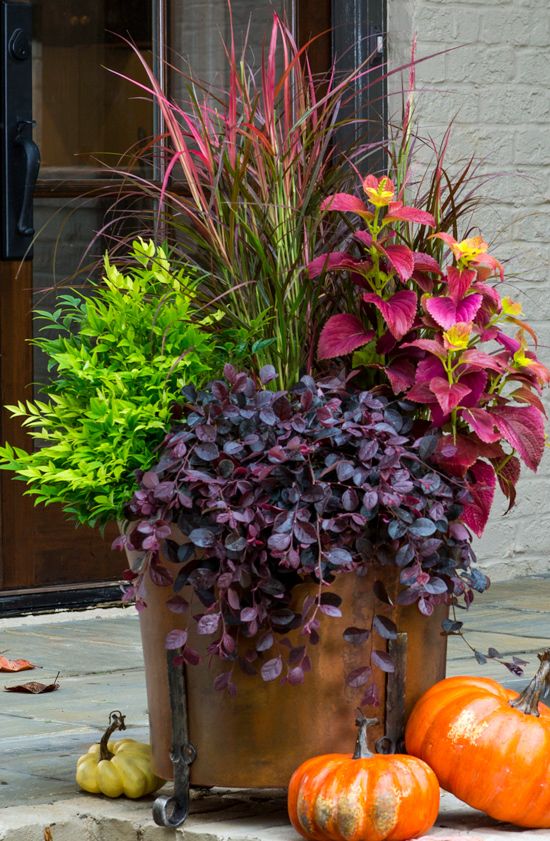
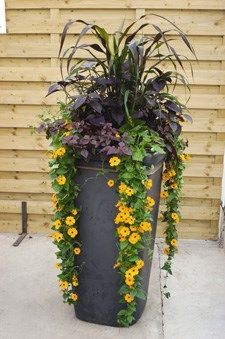
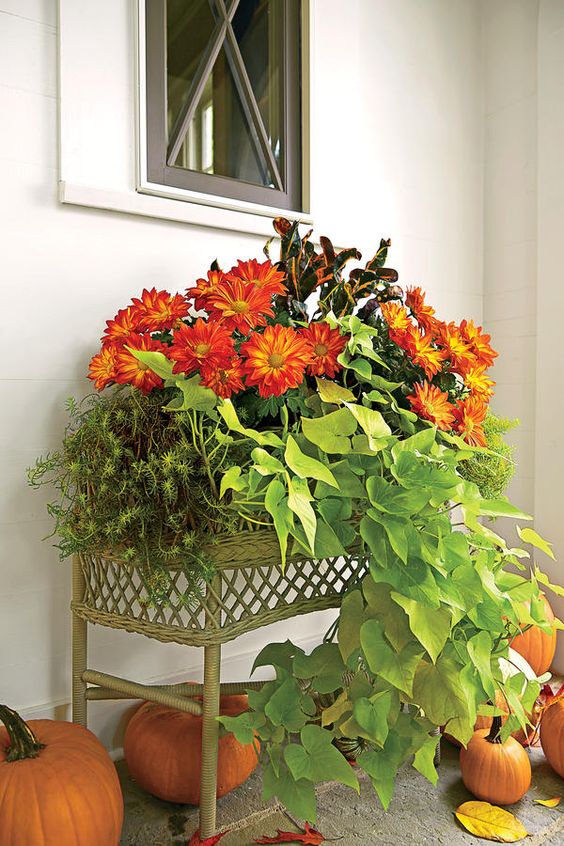
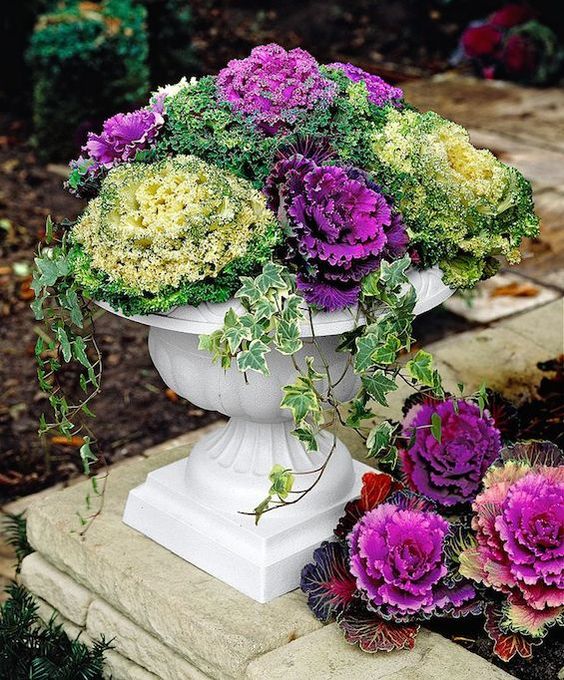
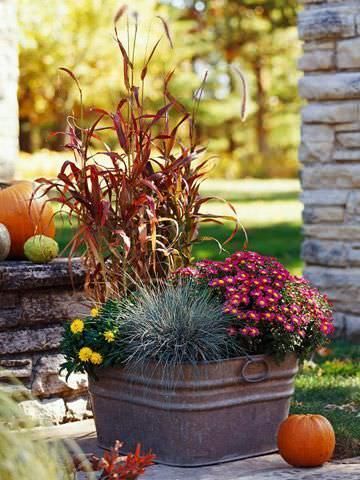
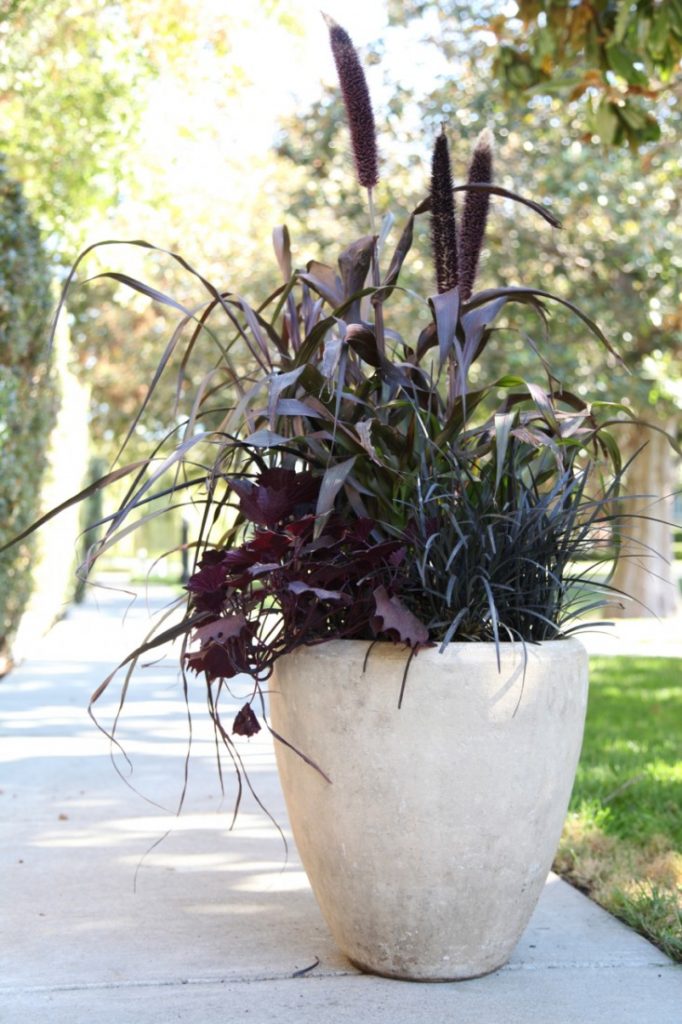
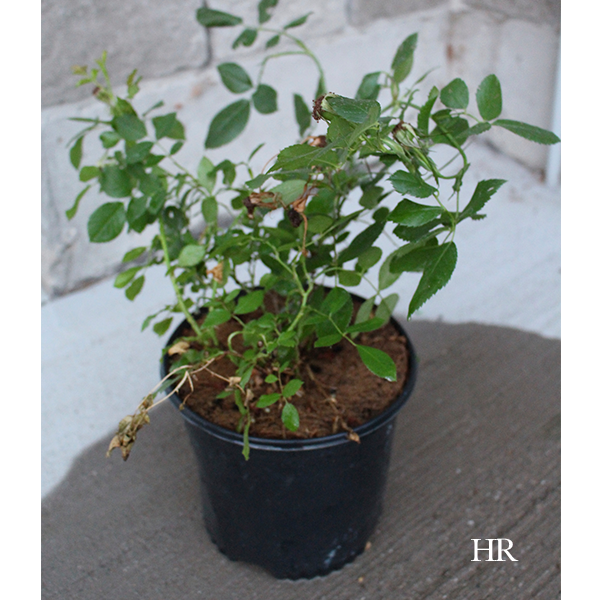
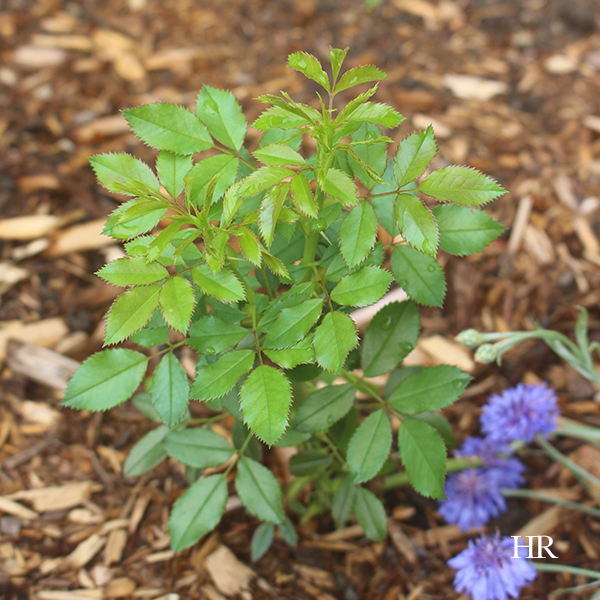
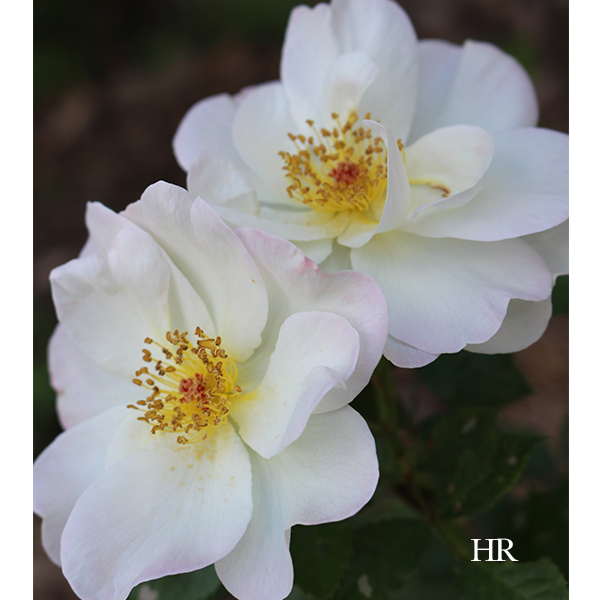
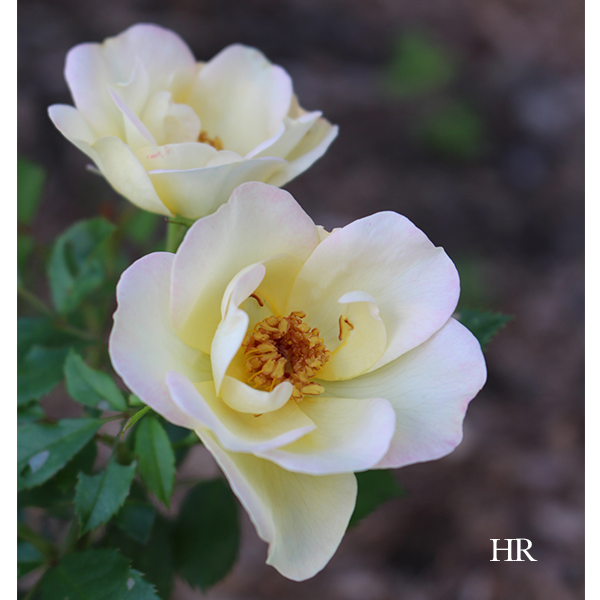
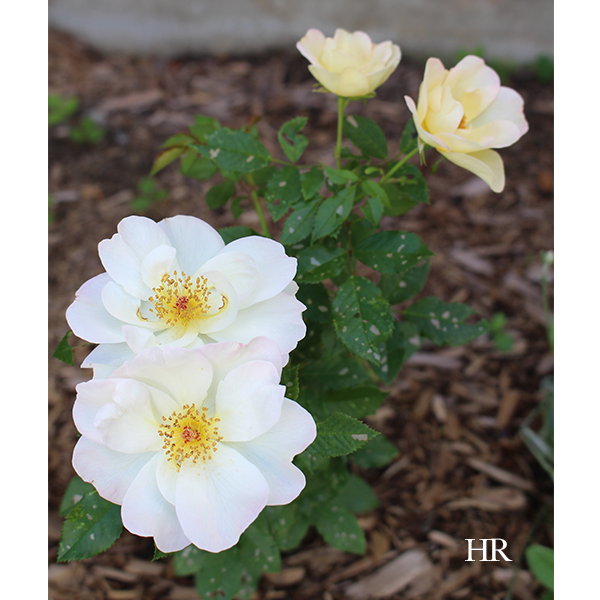
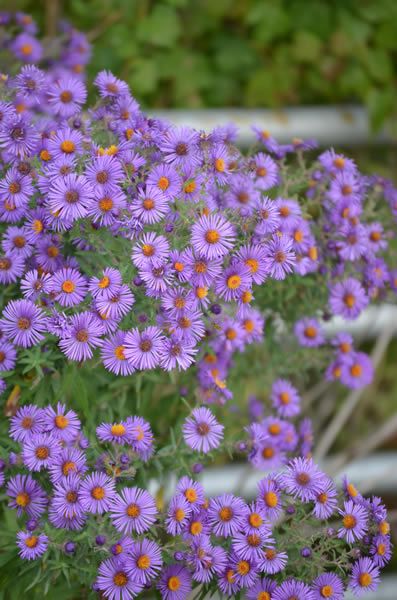
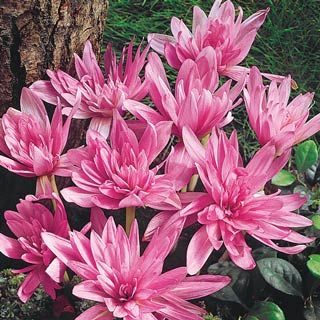
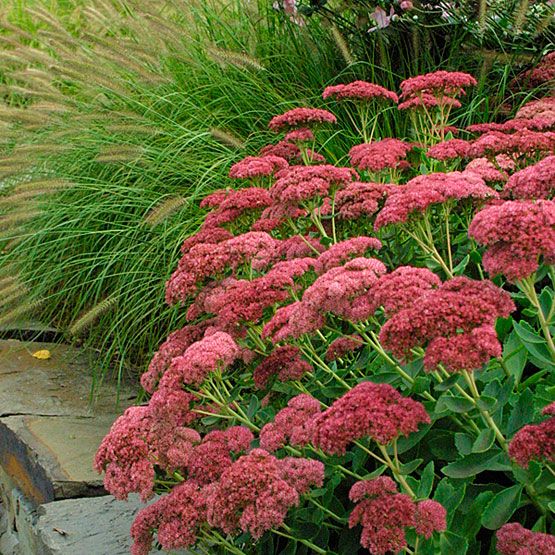
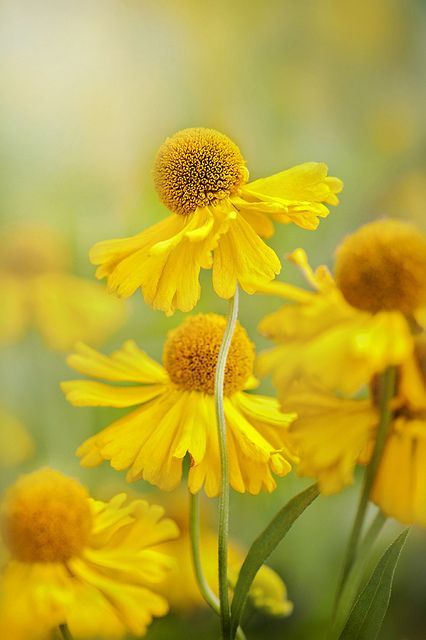
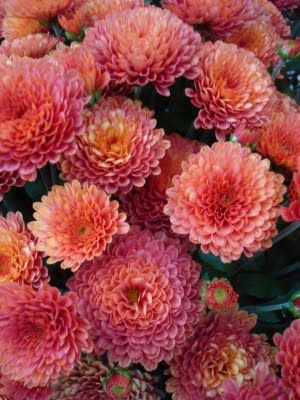
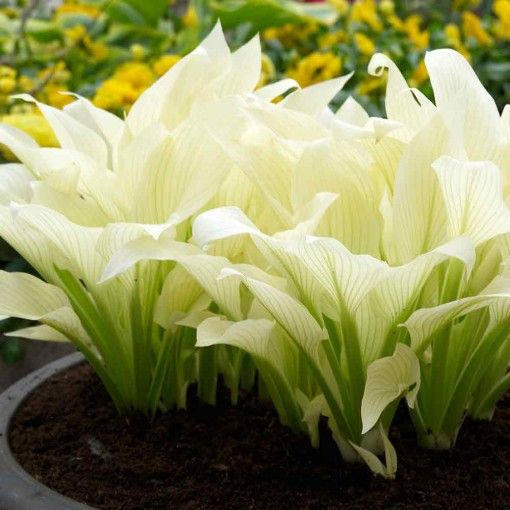
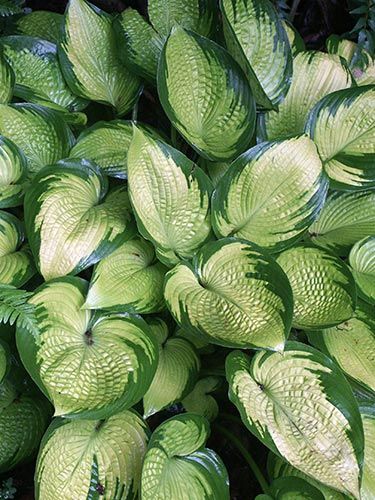
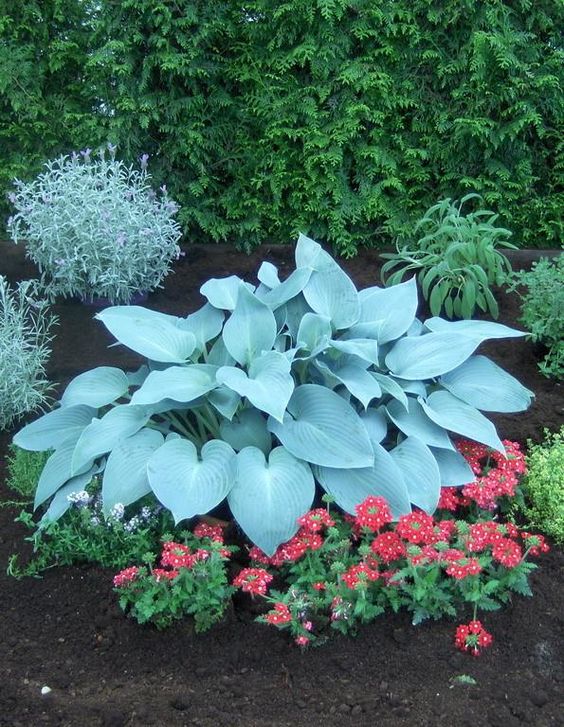
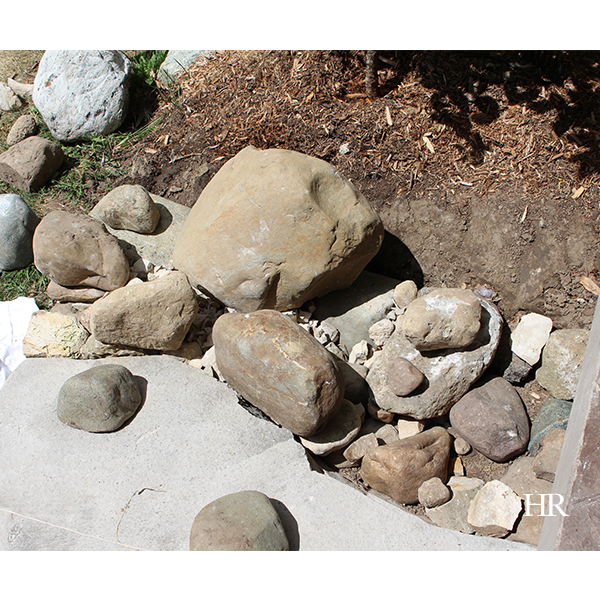
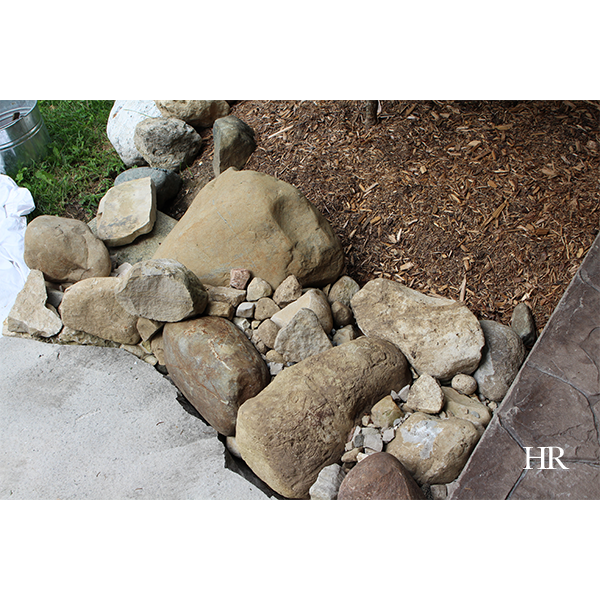
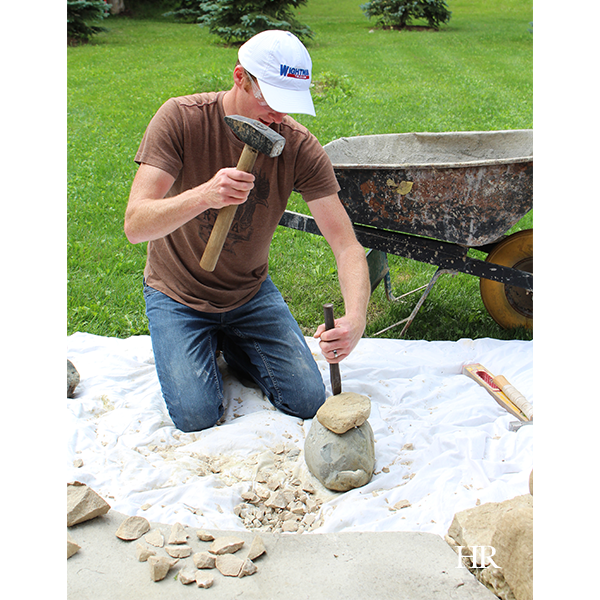
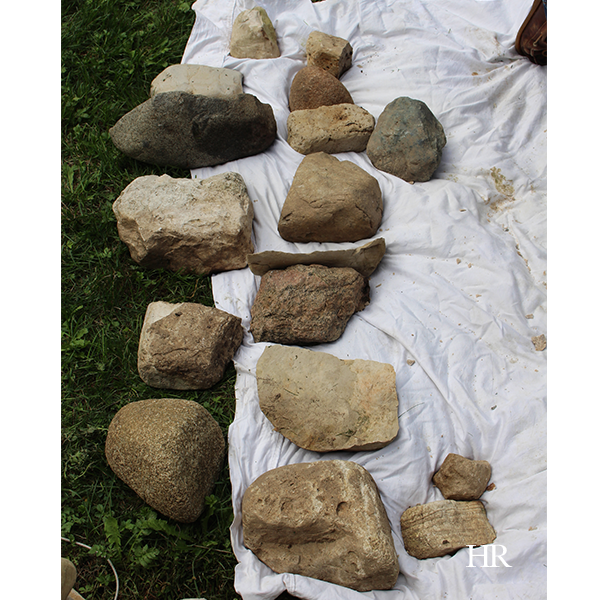
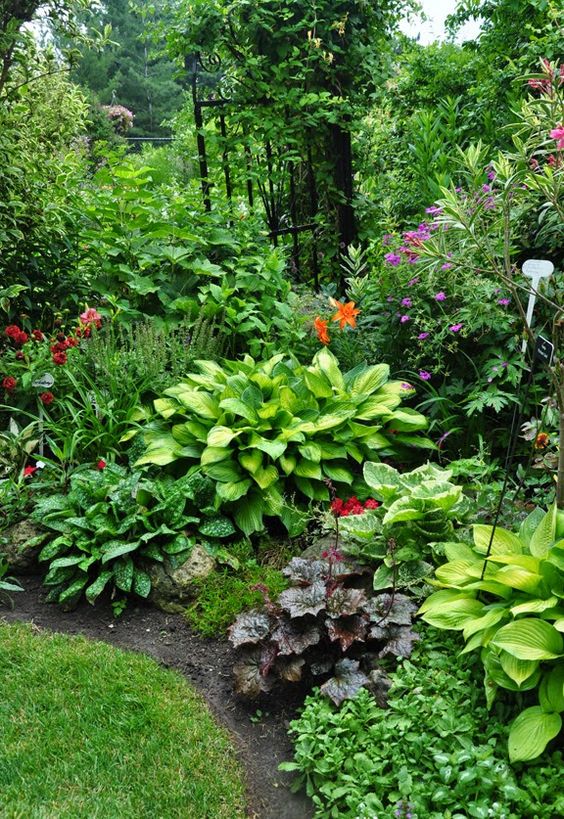
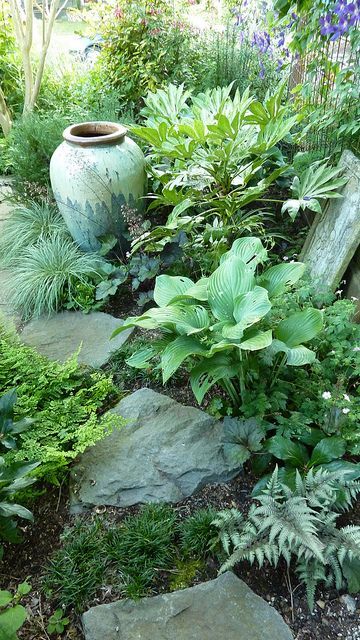
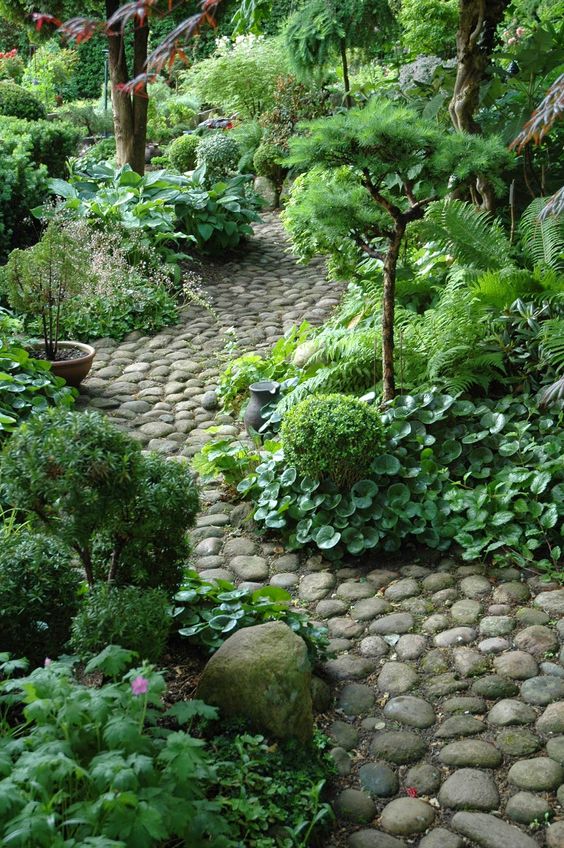
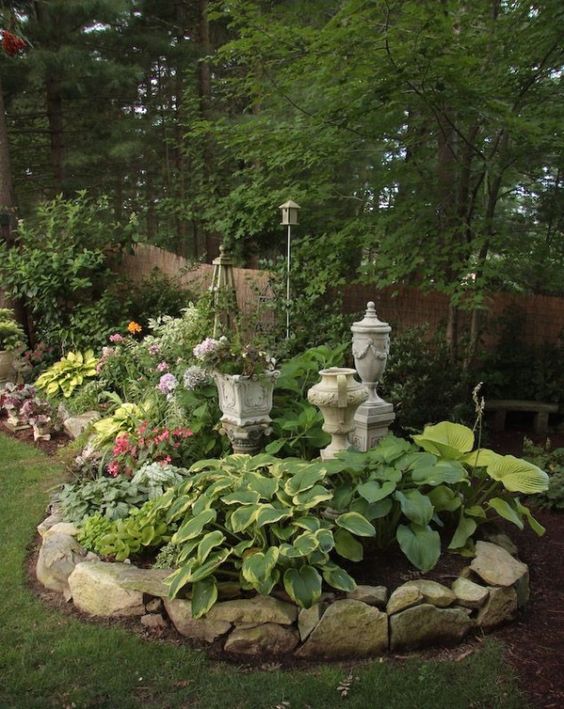
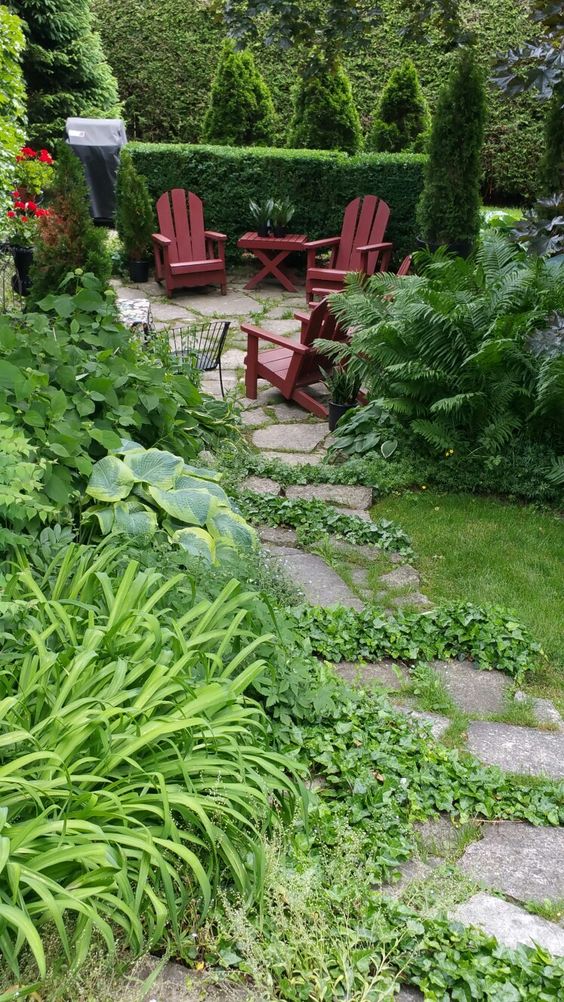
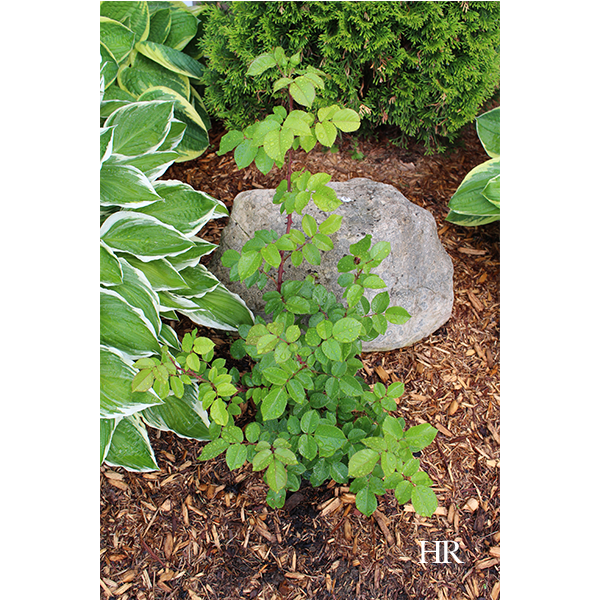
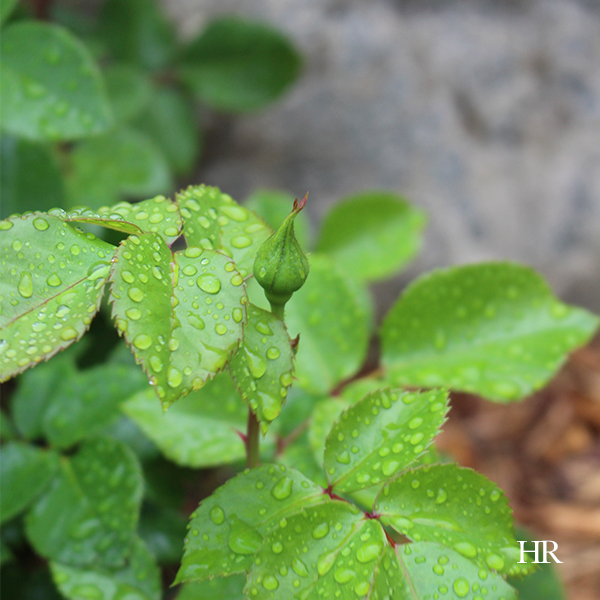
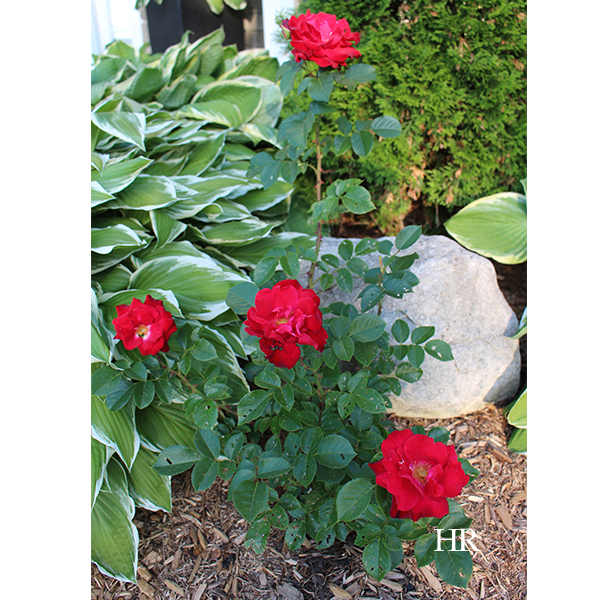
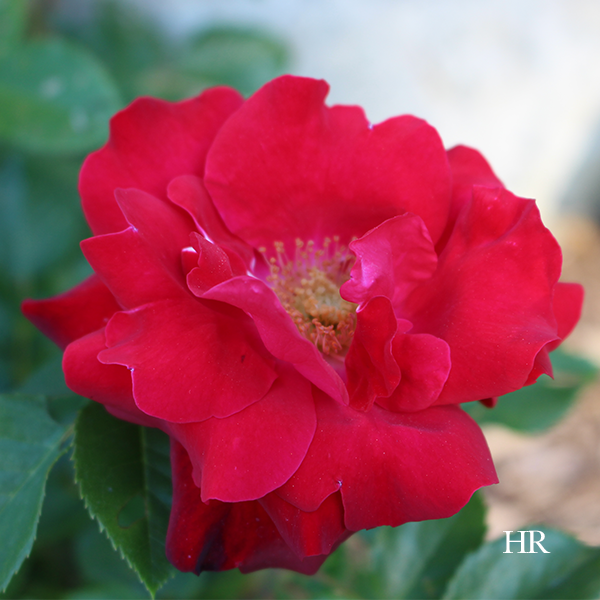
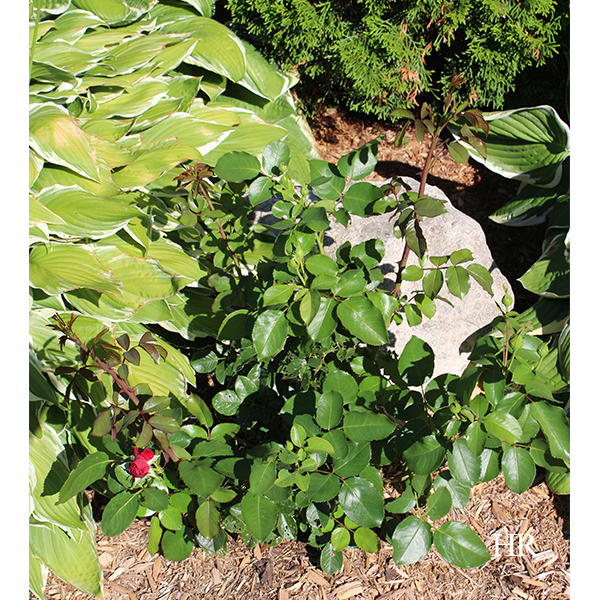
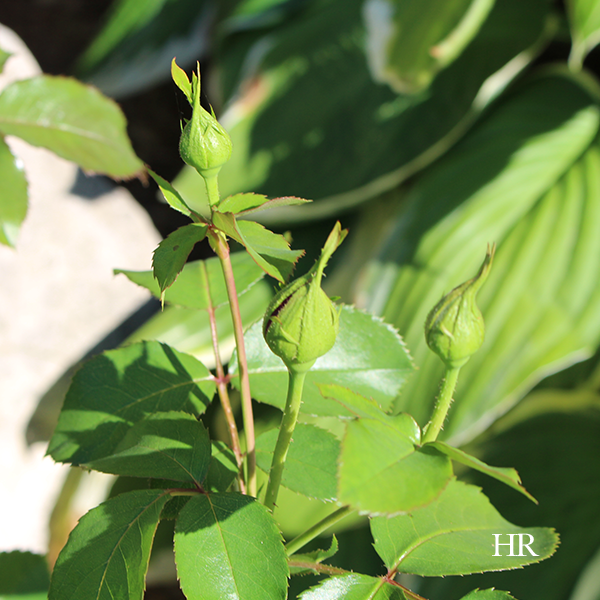
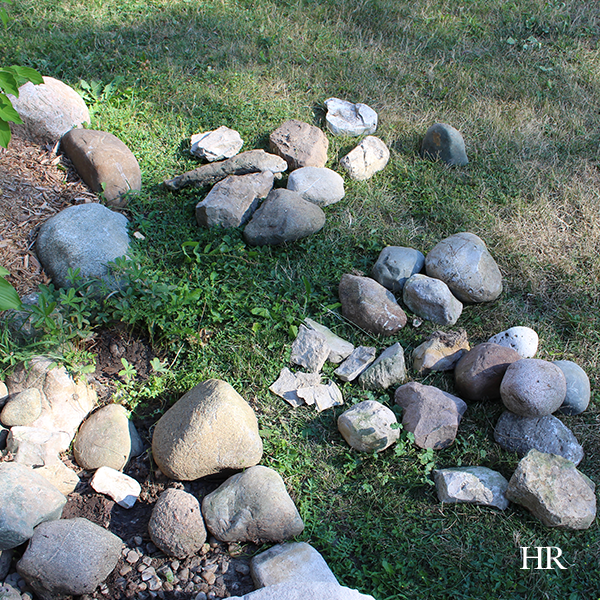
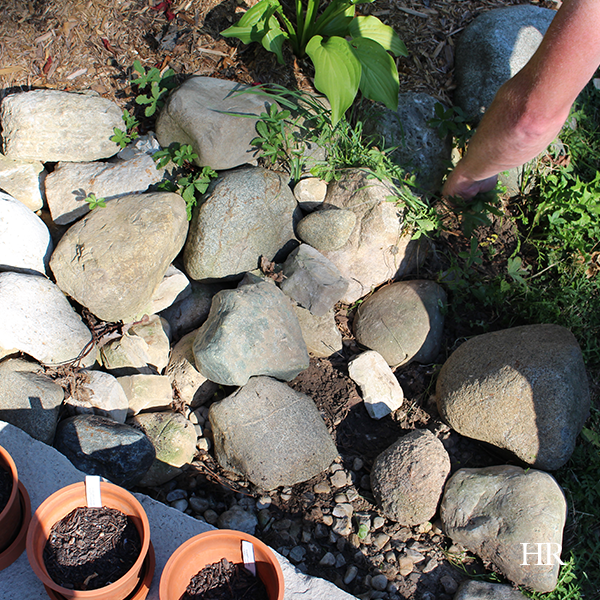
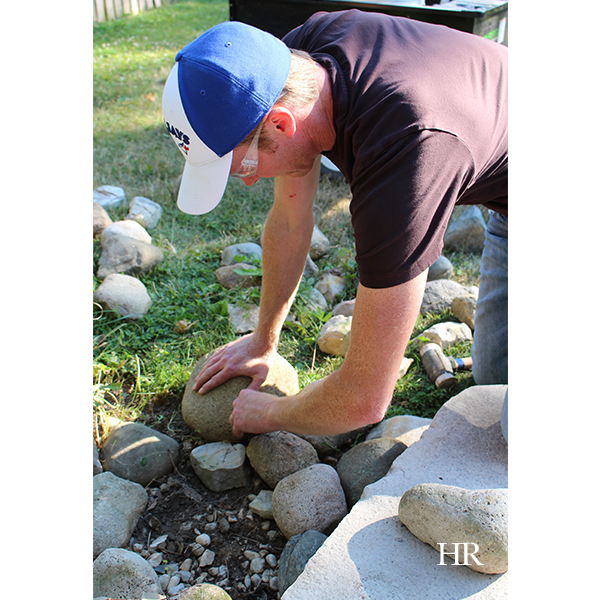
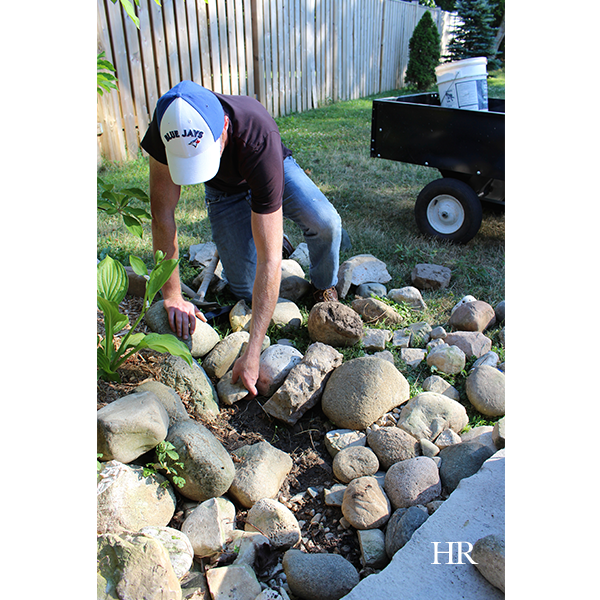
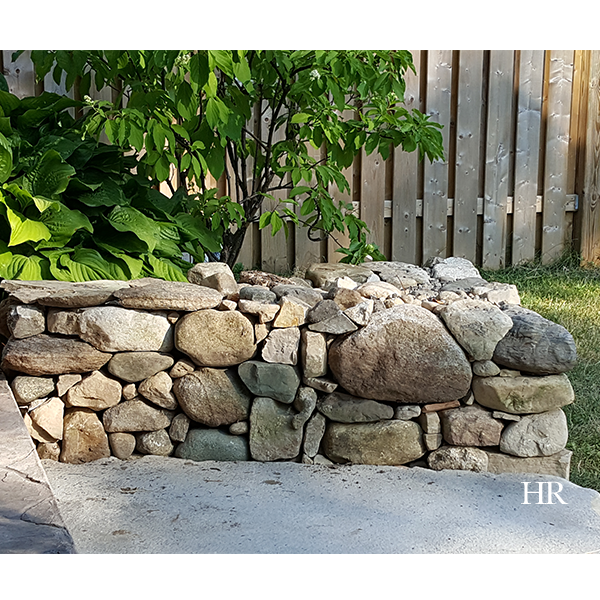
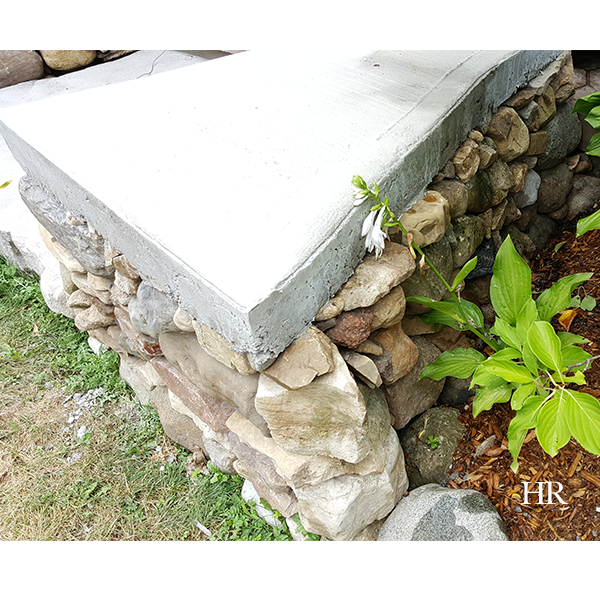
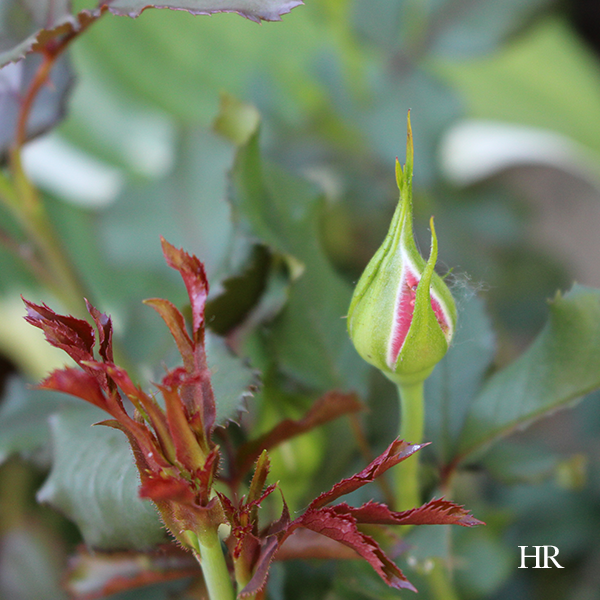
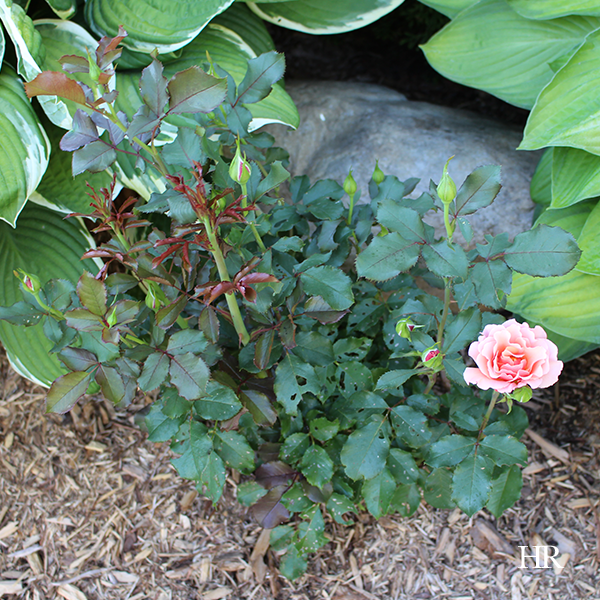
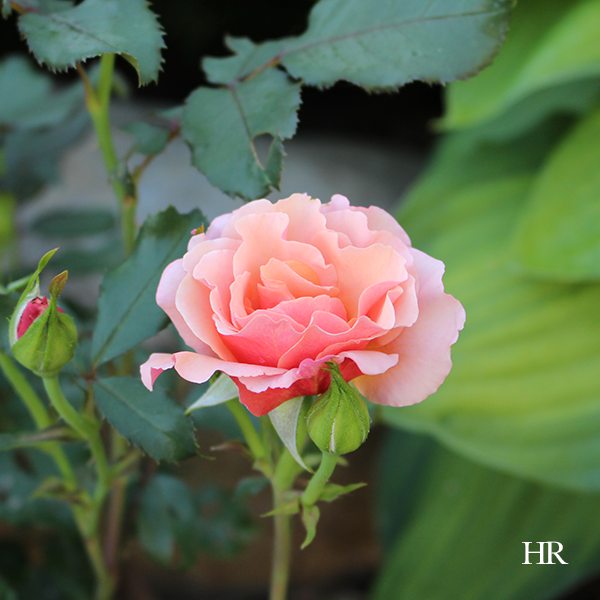
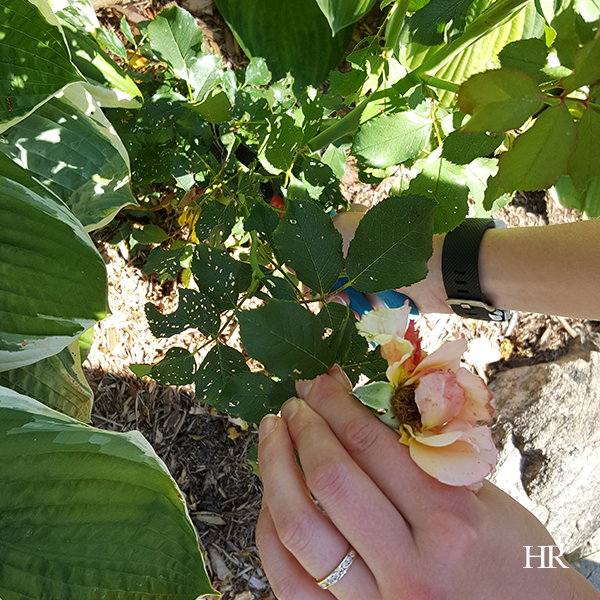
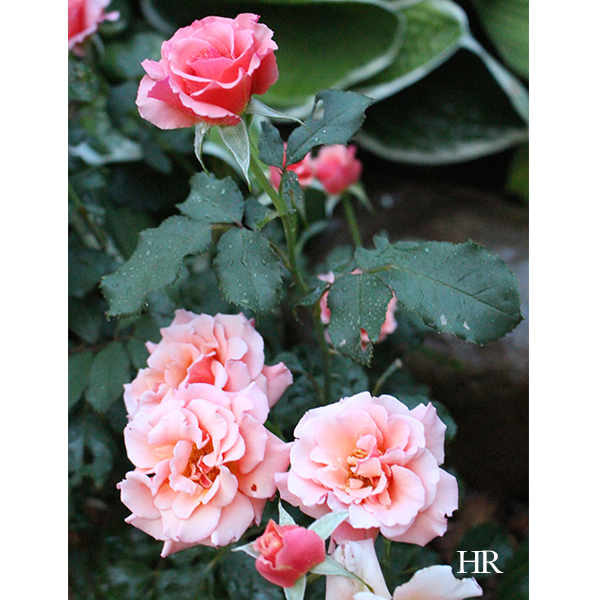
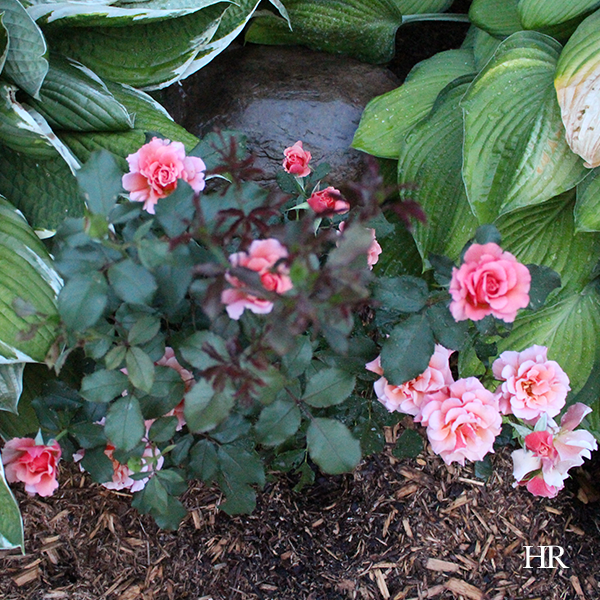
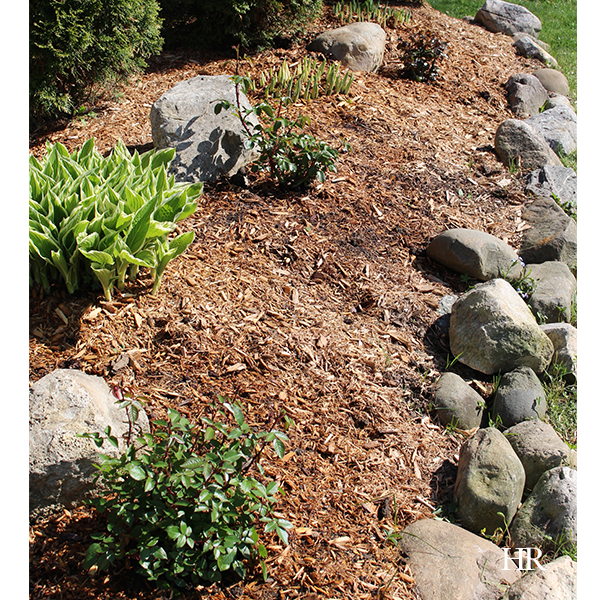
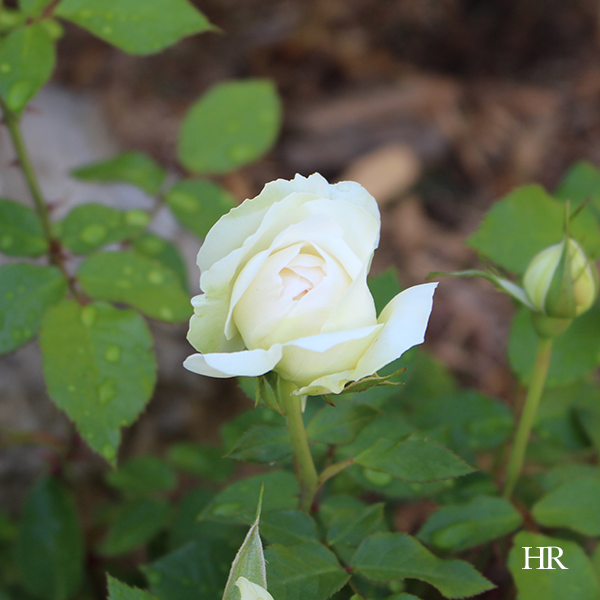
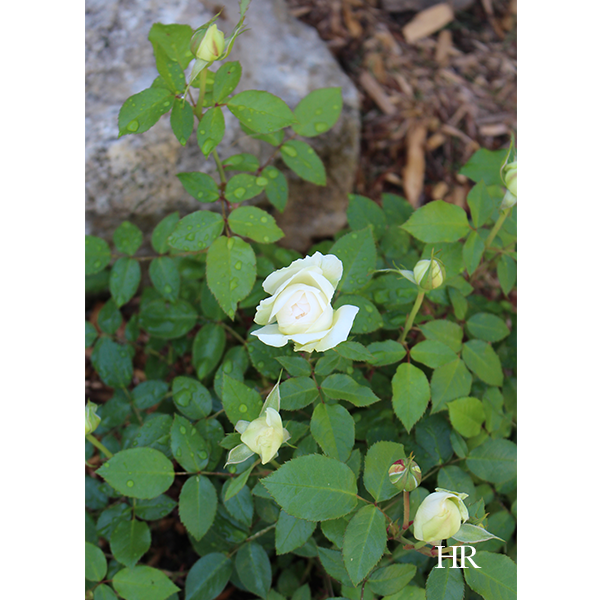
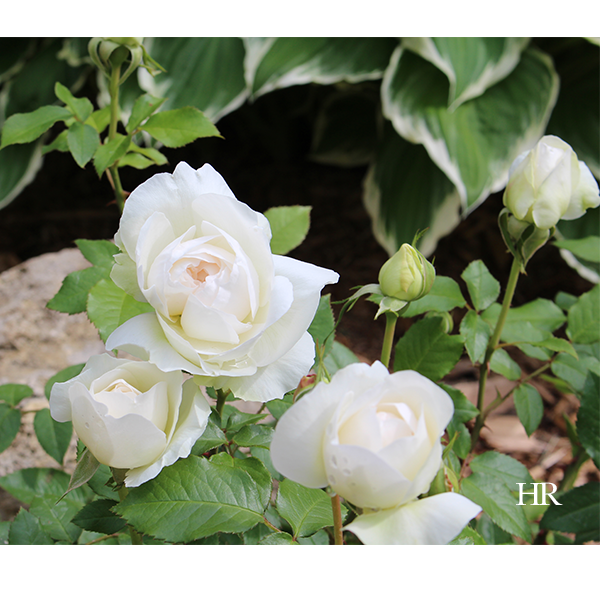
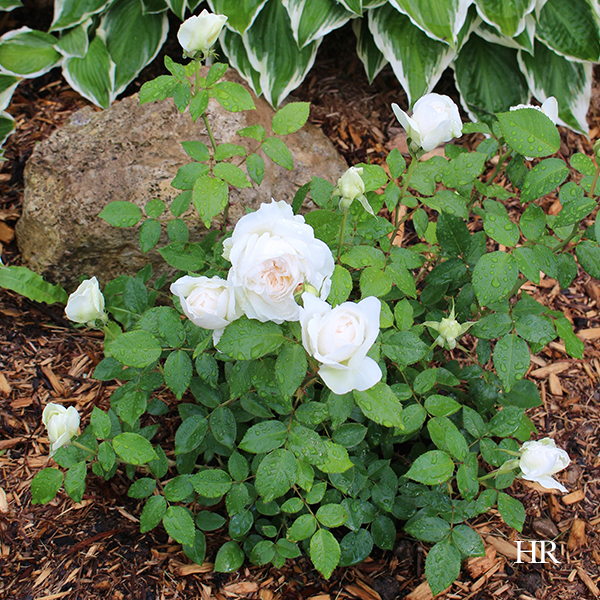
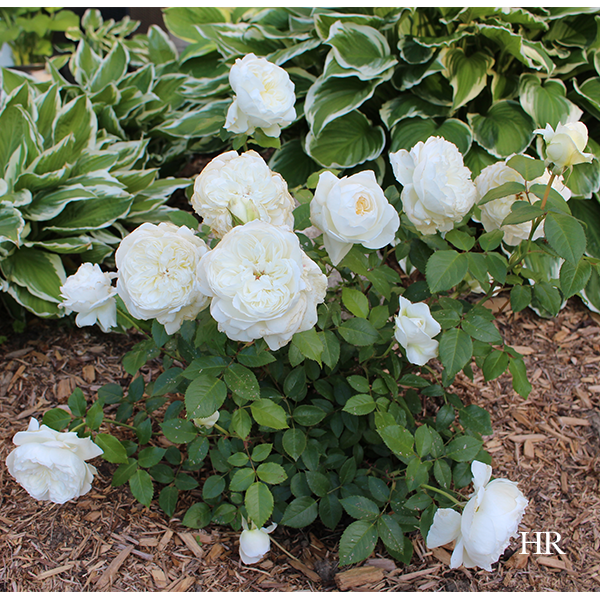

![False friends or counterfeit kindness; whatever you want to call it, the world is filled with people who will say one thing to your face and then another behind your back; people who will woo you in order to get something from you.
It’s sad, but it’s true.
The Bible provides us with examples from Joab to Judas, and yet, we’re surprised when we find ourselves deceived and hurt by someone else.
So what are some of the hallmarks of a true friend?
You can read more about this on hopereflected.com [Link in profile]
.
.
.
#friends #friendship #kindness #counterfeitkindness #hurt #proverbs #truefriends #hopereflected #blog #blogpost](https://www.hopereflected.com/wp-content/plugins/instagram-feed/img/placeholder.png)